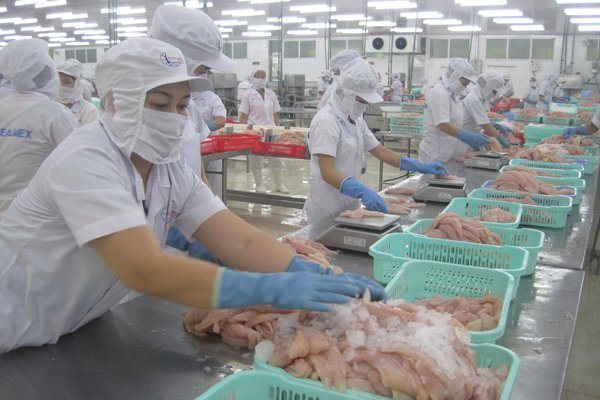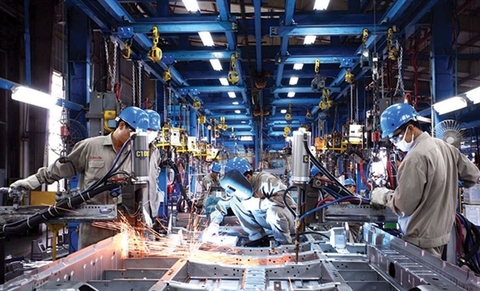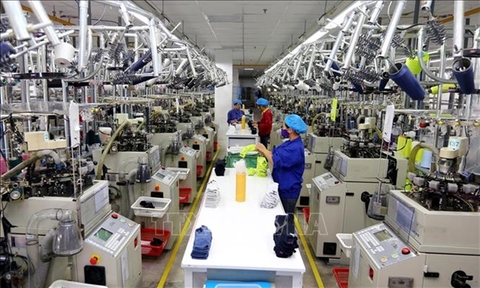Seafood export revenue falls short of expectations
Seafood export revenue falls short of expectations
Seafood exports amounted to US$8.6 billion in 2019, down 2.3% against 2018, far below expectations, according to the Vietnam Association of Seafood Exporters and Producers (VASEP).

The association told VietnamPlus news site that the export value of multiple items had plummeted in 2019, with shrimp exports generating US$3.38 billion, down 5% against 2018.
The outbound shipments of tra fish fetched US$2 billion in 2019, dropping by 11.7% against the 2018 figure, while the export of octopus and squid fell by 13%.
In the first half of 2019, the seafood sector faced several major challenges, leaving a negative impact on processing and export activities.
Due to the global oversupply, the prices of shrimp and tra fish declined strongly, resulting in a drop in outbound shipments of these items.
Vietnam’s tra fish exports to the United States plunged by 49% at US$282 million, making the U.S. market account for a mere 14% of the former’s total value of outbound tra fish shipments in 2019.
Apart from this, the high antidumping tariffs imposed by the United States on Vietnamese tra fish in the 14th period of review piled pressure on local tra fish processors and exporters, making it difficult for them to enter the global market.
Ho Quoc Luc, former chairman of VASEP, attributed the fall in the exports of shrimp and tra fish to India and Ecuador’s increased supply of these products.
Besides this, China also expanded its tra fish farming scale to serve its market and ship its products to foreign countries, intensifying the competition with Vietnamese tra fish.
Despite this, the hike in exports of tuna and other marine fish saved the seafood export revenue from a heavy fall, with tuna exports edging up 12% against 2018.
To address these bottlenecks and challenges, the Directorate for Fisheries of Vietnam told agriculture officials to help shrimp farmers follow the required techniques, enhance cooperation and get engaged in the production and supply chains in the local market.
In addition, tra fish processors and exporters should recalculate the area used for tra fish farming to avoid the oversupply and a drop in the prices of tra fish.
Phan Thi Hue, head of the legislation department under the directorate, pointed out that the infrastructure of fishing ports and storage conditions remains poor.
Aside from weak technology applications, workers’ and employees’ lack of professional skills has hindered the growth of the seafood sector, so it is necessary to remove these bottlenecks.
As such, this year, firms and farmers active in the seafood sector should continue executing the Law on Fisheries and related regulations effectively.




















